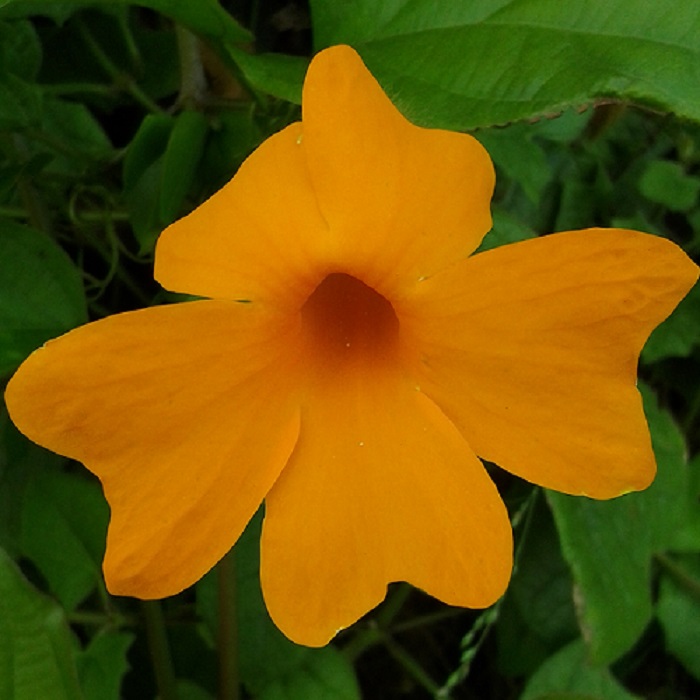UNITED STATES—Deciduous fruit trees have no business in a low maintenance landscape. They need as much specialized pruning while dormant in winter as roses need, and on a much larger scale. Neglected trees get disfigured by the weight of their own fruit. Disease proliferates in their thicket growth that develops without pruning. Overgrown trees produce most of their fruit where no one can easily reach it. Fruit that can not be harvested attracts rodents.
Of course, deciduous fruit trees are certainly worth growing if they get the specialized pruning that they need. Pruning concentrates resources so fewer, but better fruits develop. Fruit bearing stems are better structured to support the weight of their fruit, and lower so that the fruit is easier to reach. Pruning also promotes more vigorous growth, which is less susceptible to disease and insects.
Now that February has arrived, and the weather has been unusually warm, deciduous fruit trees that have not yet been pruned will need to be pruned very soon. They will be sensitive to such major pruning once they start to bloom. The pruning is too specialized to explain here in just a few sentences. Fortunately, sunset publishes a very detailed book about “Fruit Tree Pruning” that explains how to prune each of the different fruit trees Pruning will be more extensive each year as trees grow, but also becomes more familiar.
Stone fruits like apricots, plums, prunes, nectarines and peaches (that have hard seeds known as stones), need the most severe pruning. Their fruit develops on stems that grew last year. These stems should get cut short enough to support the weight of the fruit expected to develop next year. The ‘four Ds’, which are dead, dying, damaged and diseased stems, should get pruned out as well. Cherries and almonds do not get pruned as much because their fruit is so lightweight; and out-of-reach almonds simply get shaken down anyway.
Apples and pears are pomme fruits that need similar pruning, but also produce on stunted ‘spur’ stems that should not be pruned away. Spurs may continue to be productive for many years. Figs, persimmons, pomegranates, mulberries and grapevines all need their own specialized styles of pruning.
Highlight: orange clock vine
Since it rarely gets cold enough here to freeze the foliage and stems, clock vine, Thunbergia gregorii, provides very orange flowers throughout the year, and will bloom more profusely in summer. It is very similar to the more traditional black-eyed Susan vine, but the flowers lack the prominent black throats. Relative to most vines, orange clock vines is rather docile. The wiry vines are happy to climb to the height of first floor eaves, but do not go much farther. Without support, the vines grow as small scale ground cover.
New plants prefer full sun exposure, even if they later choose to spread into partial shade as they grow. Shade inhibits bloom. Once established, orange clock vine does not need much water, and can actually survive in abandoned landscapes. Overgrown or neglected vines can get weedy in spots, especially if not regularly watered. Fortunately, they are easily renovated by severe pruning at the end of winter. Even if pruned almost to the ground, vigorous vines regenerate very efficiently.






